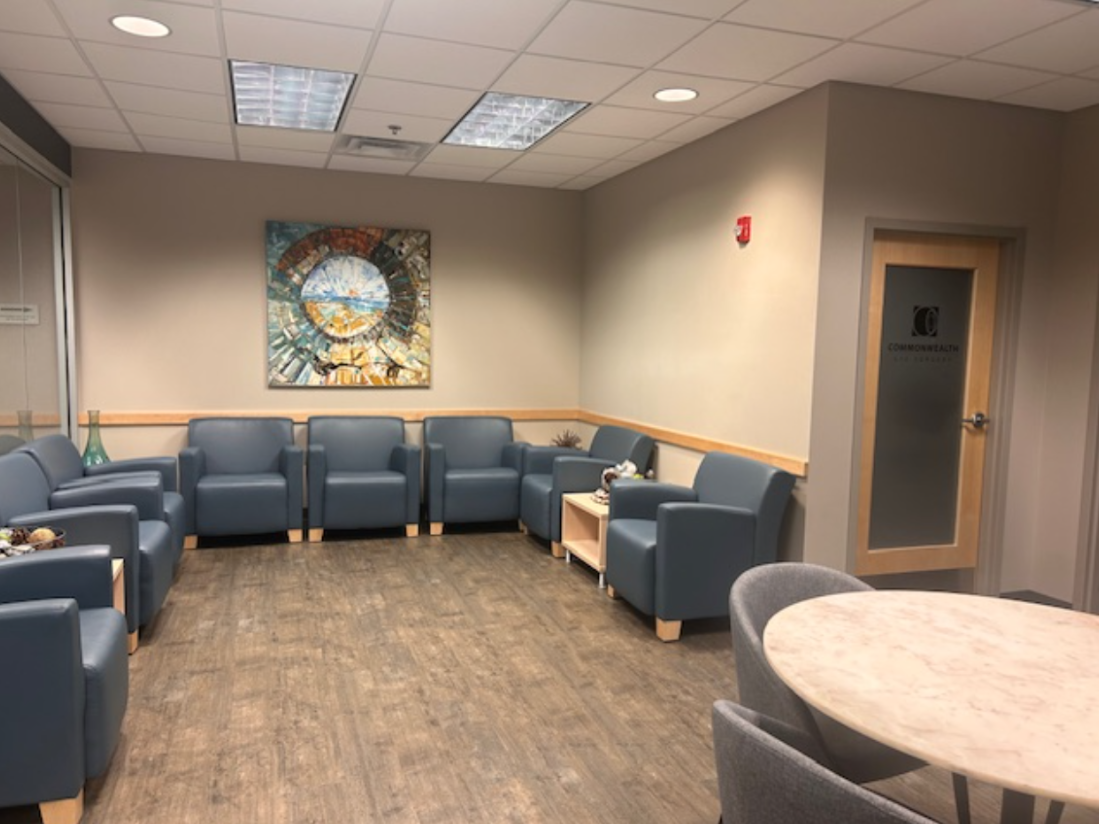
Understanding LASIK
LASIK (Laser Assisted In-situ Keratomileusis) is the most popular laser refractive procedure in the world and is the preferred procedure for patients interested in reducing their dependency on contact lenses and glasses. In fact, it is not uncommon for LASIK surgery patients to eliminate their need for contact lenses or glasses altogether. LASIK offers benefits over other refractive procedures because it is minimally invasive and is performed under a protective layer of corneal tissue. LASIK is performed by creating a small flap in your cornea and then reshaping the underlying tissue with the excimer laser. This change in curvature focuses the light onto your retina, thus obviating the need for glasses and contact lenses. LASIK is now approved to correct nearsightedness, farsightedness, and astigmatism.
A Ziemer femtosecond laser provides greater intraoperative comfort, accuracy, and safety by crafting the flap – all laser LASIK – obviating the older technology using blades.
Commonwealth Eye Surgery, selected by Bausch and Lomb as the Kentucky flagship for the introduction of their Technolas 217A Excimer Laser, is the first practice in the Commonwealth to offer flying spot technology. The Technolas Excimer Laser System far exceeded the key outcome measures recommended by the FDA during early clinical studies. The Technolas provides real time X,Y, Z and rotary tracking, so even with eye movement during treatment, the accuracy remains uncompromised. Finally, the Technolas Zywave aberration correction allows a custom treatment pattern individualized to every eye eliminating aberrations, and creating “HD Vision.”
To assist with determining the realistic surgical results of each patient, a regression analysis surgical outcomes tracking program that relates expected surgical outcomes to actual surgical results is utilized. This is a “Smart Database Program” that utilizes thousands of ongoing refractive outcome data points to assist in surgical planning, where all environmental and patient-dependent variables are considered. This data affords patients a realistic idea of how well they will see following LASIK surgery and allows even a higher degree of accuracy than standard programming.
Our LASIK Suite

The Ideal Candidate
The ideal LASIK candidate is generally over 18 years of age with healthy eyes. Your glasses prescription should be stable for about 2 years.
Realistic Expectations
Although the vast majority of LASIK patients achieve 20/20 vision without glasses, some patients have complex optics reducing their chances for “perfect” vision. To assist with determining the realistic surgical results of each patient we use, a regression analysis surgical outcomes tracking program that matches expected surgical outcomes to actual surgical results. This is a “Smart Database Program” that utilizes thousands of ongoing refractive outcome data points to assist in surgical planning, where both surgeon-and patient-dependent variables are considered. This data affords patients a realistic idea of how well they will see following LASIK surgery.
LASIK can easily correct nearsightedness, farsightedness and astigmatism; however there are limitations for all three conditions. Nearsightedness occurs when the cornea is too curved or the eye is too long. This causes light to focus in front of the retina, resulting in blurry distance vision. Farsightedness occurs when the cornea is too flat in relation to the length of the eye. This causes light to focus at a point beyond the retina, resulting in blurry close vision and sometimes blurry distant vision, too. Astigmatism occurs when the cornea is shaped like a football (more curved in one direction than another) and often occurs with nearsightedness and farsightedness. This causes light to focus on more than one point on the retina, reulating in blurry and distorted vision.
LASIK does NOT correct for a condition known as presbyopia, or aging of the eye. This is a normal aging process that typically occurs after the age of 40, when reading glasses are required. It is also likely that patients over the age of 40, who do not yet require reading glasses, may find that they need them following the procedure.
Hear What Our Patients Have to Say
